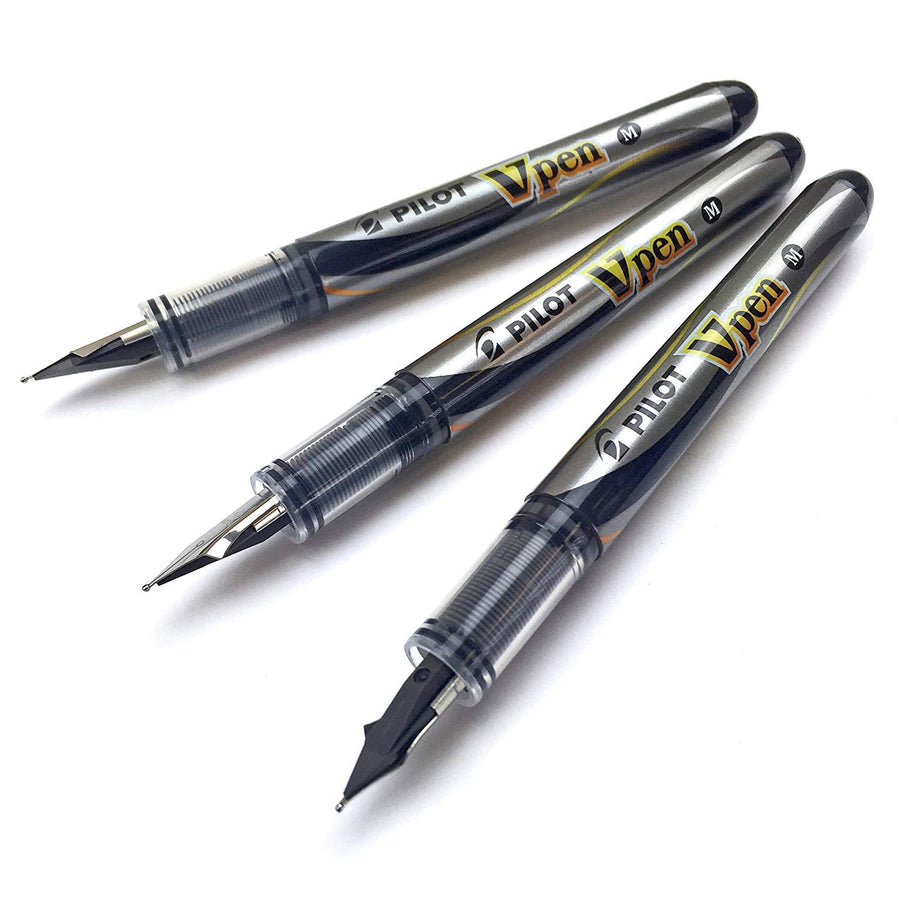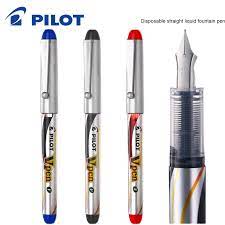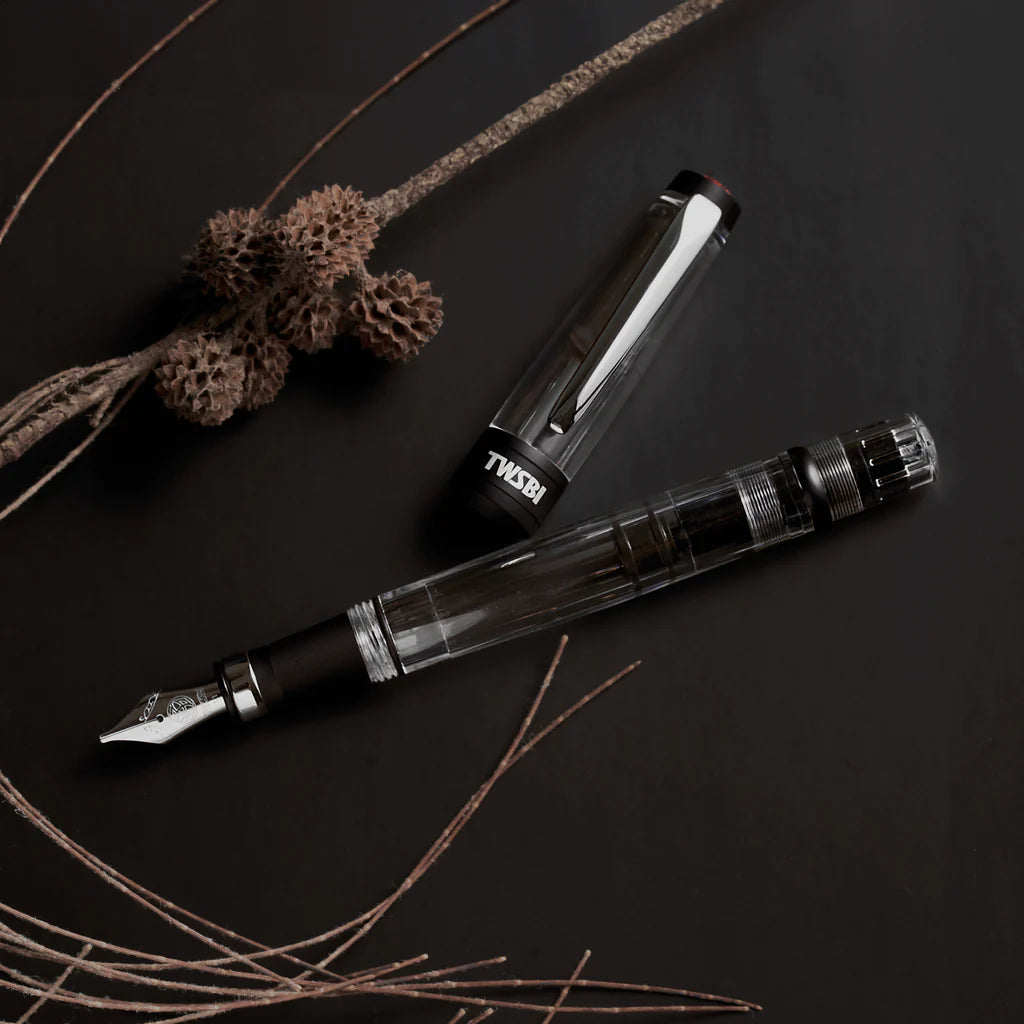How do Fountain Pens Work?
HOW DO FOUNTAIN PENS WORK?

Some people are apprehensive about using fountain pens, not knowing how they work, so they tend to stick with the reliable Ballpoint and Rollerball Pens. Below is a brief explanation of the basic operation of a typical Fountain Pen and how ink gets onto the paper.
The Main Functioning Components of a Fountain Pen
The Ink Reservoir
This is the storage part that holds the ink. It is either in the form of an ink cartridge, a converter (for sucking in and storing bottled ink), or simply the actual barrel – this one is referred to as an eye-dropper or a demonstrator version. This is the part that differentiates a fountain pen from a dip pen.

The Feed
This is a vital component since the ink flow from the reservoir to the nib is controlled here. It normally sits under the nib. It is vital that the ink flows consistently and steadily right from the first stroke. The Feed is most easily recognized by the distinctive fins, which are usually hidden inside the grip section of the pen. The feed sits flush against the underside of the nib.

“Not only do the fins control the ink flow, but they also control the flow of air”.
For the feed to operate correctly, there cannot be any clogs in the fins or the ink channel – most pens have one ink channel, but some boast more.
Not only do the fins control the ink flow, but they also control the flow of air. The Fins collect the ink as it flows from the reservoir and stops too much ink from flowing to the nib. They also allow air to flow back into the barrel, replacing the ink as it flows out.
Imagine inverting a full bottle of water, the outflow of the liquid will be irregular, since air will be trying to fill the bottle to replace the exiting liquid. The feed allows the air to replace the ink leaving the reservoir in a steady manner.
The Nib
The most obvious and identifiable part of a fountain pen, the nib is the metal point that forms the tip.
The nib draws ink from the feed through a small slit running down the centre of the nib, which facilitates a smooth and steady flow of ink. The tines ( which almost look like tiny prongs) are the two halves of the nib, separated by the slit. The tips of the tines are what come into contact with the paper surface, are somewhat rounded and are usually coated with a hard metal allow to prevent wear. This point is fashioned to various thicknesses to create an Extra-Fine, Fine, Medium, Broad, Extra-Broad or various calligraphy points. The tines and the tips of both halves should never touch.
“The tines and the tips of both halves should never touch”.
Sitting in the centre of the nib on the other end of the ink slit, closer to the barrel, is a small circular or heart-shaped breather hole, allowing air to flow back up into the pen as described above. The ink slit needs to narrow slightly from the breather hole to the tip, for the best ink flow.

Capillary Action
The whole process is governed by Capillary Action. Simply put, capillary action is where a liquid flows in a narrow space without the assistance of, or even in opposition to, any external force such as gravity. There are actually two processes, the first is adhesion, where liquid molecules are attracted to any solid surface they touch. The second is cohesion, where liquid molecules are attracted to each other.
The most familiar example is when water is soaked up into a paper towel, or plants drawing water up from their roots.
“a liquid flows in a narrow space without the assistance of, or even in opposition to, any external force such as gravity”.
When you press your pen to the solid surface of the paper (which contains tiny tube-shaped fibres), the paper draws out the liquid ink molecules. Each molecule then, in turn, tugs the one behind it in a chain-like fashion.
As the ink gets pulled out, air moves up the pen, resulting in a smooth satisfying flow of ink across the page.
Choosing the Right Elements
In order for the proper operation of your fountain pen, a good combination of paper and ink is essential, as well as ensuring the nib and feed is kept clean and free of foreign particles.












Leave a comment